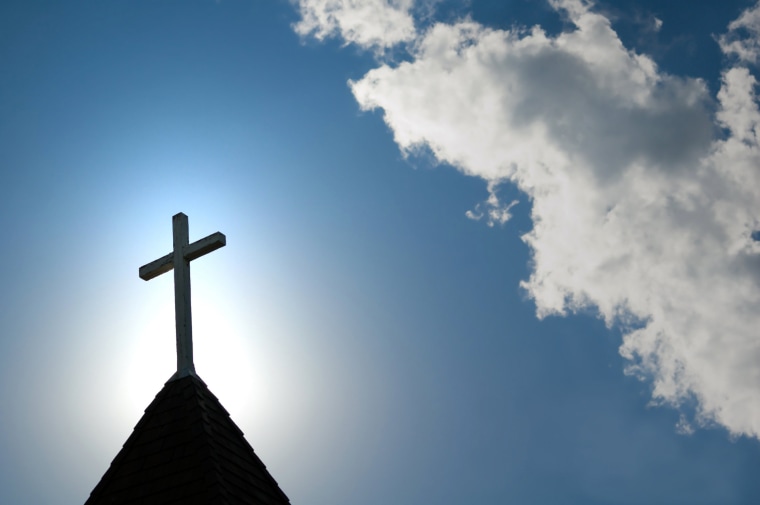Nearly halfway through Donald Trump's term, then-Vice President Mike Pence delivered a commencement at Hillsdale College, a conservative Christian college in Michigan of notable significance in Republican politics, with a specific message about religion.
Faith in America, Pence said, is becoming more robust. "I still believe with all my heart that faith in America is rising," he declared, adding, "Religion in America isn't receding -- just the opposite. Faith is gaining new life with every passing day." Pence added that even though the American population has grown considerably over the decades, the nation's religiosity "has remained remarkably consistent."
The former vice president will likely be disappointed by the latest evidence to the contrary. New York's Ed Kilgore took a closer look at the latest national Gallup survey.
It's Holy Week for Christians and Passover for Jews; there are also two Hindu holidays this week. But as Gallup reports, the percentage of Americans who belong to houses of worship where such days in the religious calendar are observed has been rapidly falling in this century. For the first time since Gallup began compiling religious membership statistics in 1937 (when 73 percent of Americans belonged to a church, synagogue, mosque, or temple), a minority — only 47 percent — now say they belong to some sort of congregation.
To be sure, there's a difference between belonging to a house of worship and having religious beliefs. Plenty of Americans consider themselves people of faith in their personal lives without attending services or joining a specific congregation.
But the shift is nevertheless notable for a couple of reasons. First, there's the significance of the drop-off: there was a multi-decade stretch in which the percentage of Americans belonging to a house of worship barely changed at all. It was 73% in 1937 and it was 70% in 2000.
In 2020, however, that figure dropped to 47%, marking a new low following a steady, 20-year decline. One need not be a statistician or an anthropologist to acknowledge just how recent and dramatic the shift has been.
Second, it's not the only relevant piece of evidence. A Washington Post analysis, also relying on Gallup data, went on to note that the percentage of Americans who say they consider religion to be very important has dropped to 48% -- a low point in modern polling -- and the percentage of Americans who regularly attend worship services has fallen even lower.
Whether one considers this encouraging or discouraging is obviously a matter of perspective, but there's no reason to believe the trend line will reverse course anytime soon. On the contrary, the opposite is true: Gallup found that younger Americans are more likely to say they have no religious affiliation than their older counterparts.
The societal impact is likely to be significant in the coming years. Faith-based appeals have been an American staple for generations -- in politics, in commerce, in media, et al. -- as part of a widely held recognition of the population's longstanding religiosity.
Mike Pence's hopes notwithstanding, it appears to be time for reassessment of those assumptions. American religiosity may have been "remarkably consistent" for decades, but it's quite different now.
